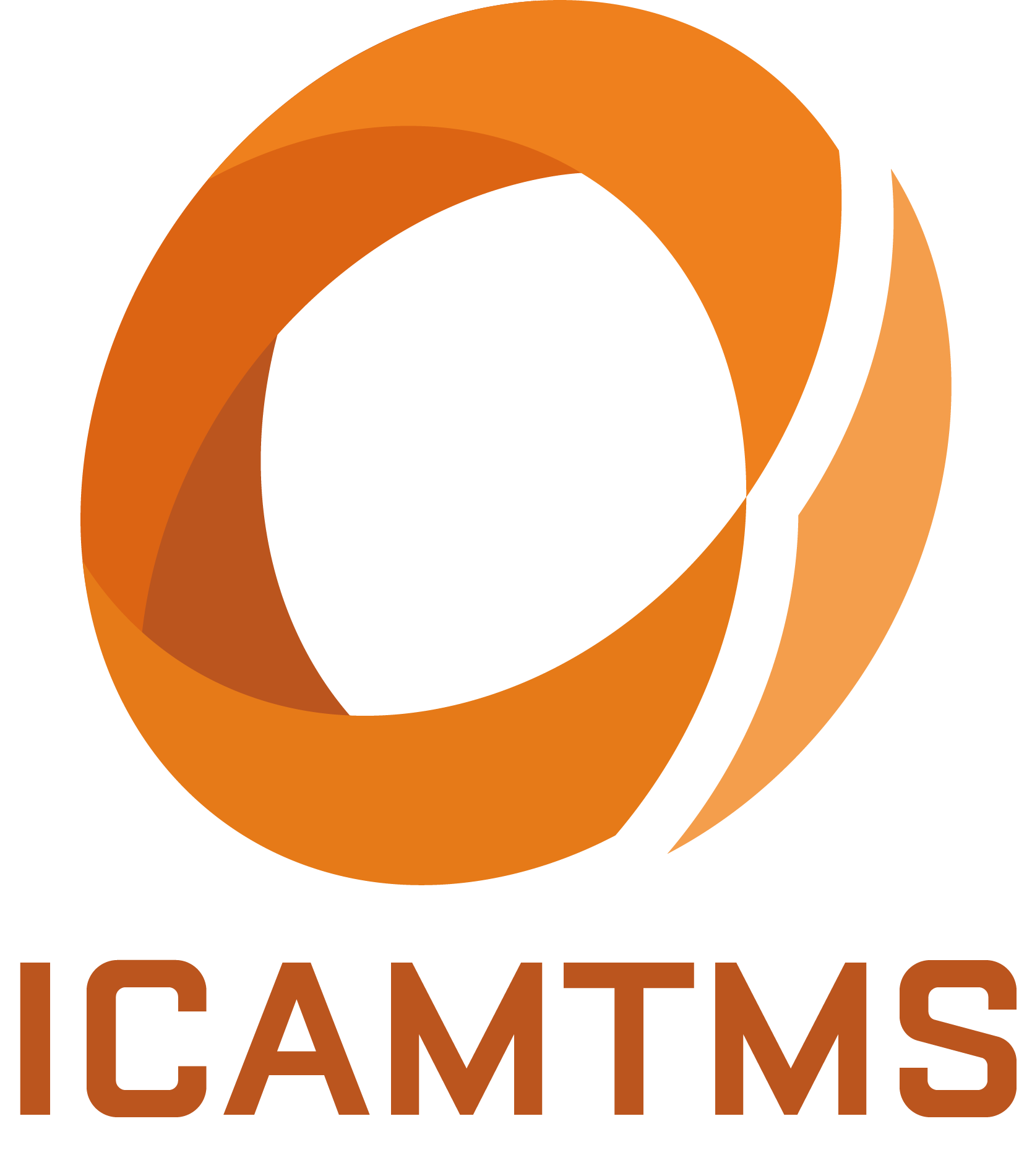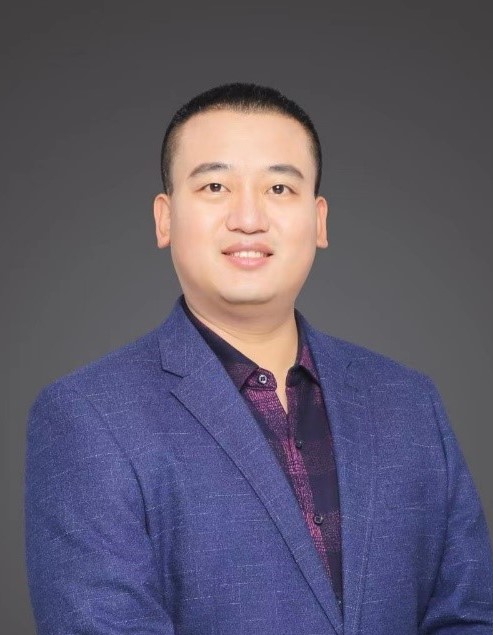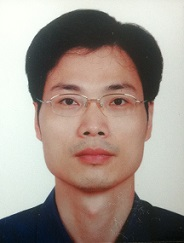
Speakers of ICAMTMS 2023

Prof. Bin Yu, Yanshan University, China
Experience: Yu Bin, professor and doctoral tutor of Mechanical Engineering College of Yanshan University, winner of The National Science Fund for Outstanding Young Scholars, person in charge of the top ten outstanding project of mechanical discipline of the National Natural Science Foundation Committee, instructor of Hiwin Doctoral Dissertation Award, backbone member of the national university Huang Danian type teacher team, national teaching team and excellent innovation team of mechanical industry, and lecturer of the national quality resource sharing course of “ Hydraulic Servo and Proportional Control System “. He won the outstanding young scholars in Hebei Province, young academic talents in the field of machinery in Hebei Province, Hebei new era “ Jiqingzhixing “ outstanding youth, top A talents of Yanshan scholars, and the Qinhuangdao May Day Labor Medal. He is also a member of fluid Power Transmission and Control Sub-Committee of Chinese Mechanical Engineering Society, a member of the industry-university-research Working committee, a Professional committee member of Intelligent flow control, a member of Youth Committee, and a member of the Council of the Hebei Mechanical Engineering Society. He presided over 5 national projects, 7 provincial and ministerial projects, 13 enterprise projects, published more than 30 SCI papers, more than 10 papers in China's excellent journals, authorized over 30 domestic and foreign invention patents, won 2 first-class prizes for Hebei provincial science and technology progress, 1 first-class prize for Tianjin science and technology progress, and 1 first-class prize for Hebei province teaching achievements. He has been invited to give more than 10 academic reports in China, Germany and Japan.
Title: Bionic Control Method for Quadruped Robot Drive System
Abstract: This report begins by introducing the composition of electric quadruped robots and hydraulic quadruped robots, comparing the advantages, characteristics, and application fields of the two types of quadruped robots. Then, this report presents an overview of the neural composition and control principles of mammals, as well as the aspects of control methods in quadruped robots that draw inspiration from them. Then again, the report shares the principle and control method of our team’s quadruped robot motor drive control. Furthermore, a principle and control method for hydraulic-driven control of quadruped robots are proposed, forming a multi-layer framework and multi-layer coupled control method for hydraulic drive control. This method encompasses lower-level control for position and force control of hydraulic muscles and closed-loop control of pressure and flow of hydraulic heart, mid-level control for hydraulic compliance, compensation, and contact force control, and top-level control for posture planning. Lastly, it is envisioned that future advancements in the drive systems of quadruped robots should take a biomimetic approach that is more oriented towards the subconscious reactions and self-learning abilities observed in mammals.

Prof. Haibin Liu,Beijing University of Technology, China
Experience: Prof. Dr. Liu was a Research Fellow with the Institute of NEC Foundation of Computer and Communication (C&C) Promotion, Japan. From 1998 to 2004, he was a Principle Scientist with Motorola Japan Ltd., Japan. He was a CTO and Full Professor with China Academy of Aerospace Systems Science and Engineering, Beijing, China. He is currently a Full Distinguished Professor with the College of Intelligent Machinery as a Deputy Director, Faculty of Materials and Manufacturing, Beijing University of Technology, Beijing, China. His current research interests include additive manufacturing(3D printing), smart manufacturing, artificial intelligence and hybrid control systems.
Title: Research progress of the friction-based solid-state additive manufacturing technology
Abstract: Aerospace manufacturing industry, as a high-tech intensive industry, is the development direction of manufacturing industry all over the world, and its development can not be separated from metal components with the characteristics of light weight, difficult processing and high performance. Additive manufacturing (AM) opens up a new technological approach for designing and manufacturing high-performance metal components. However, conventional fusion-based AM methods, which involve material melting and solidification, drastically deteriorate the mechanical properties of these alloys by forming coarse grains, cracks, and pores. Friction-based solid-state additive manufacturing methods, such as friction stir additive manufacturing (FSAM), friction surfacing (FS), additive friction stir deposition (AFSD) and friction rolling additive manufacturing (FRAM) have been developed in recent years, which have great application potential in the field of manufacturing light alloy structures due to their forged microstructure characteristics and excellent mechanical properties. This report introduces the development and characteristics of various friction-based additive manufacturing technologies. The process mechanism, interlayer bonding behavior, microstructure and mechanical properties of FRAM are introduced. Finally, the potential engineering application and future development direction of friction-based AM technology are summarized.

Prof. Yun Wang,Jiangsu University, China
Experience: Dr. Yun’s major research interests include the Mould & Die CAD/CAE/CAM,modeling design and controlof deformation processes from micro to macro scale, tribology, simulation-based designand designoptimization.His work has made some contributions to the understanding of scale effect in microforming and the effects of material microstructure and process parameters optimization on forming processes. This involves the study of the constitutive equation and the prediction of forming quality of formed micro-component as a function of process variables. His research has integrated experiment, analytical and numerical simulation methods to investigate fundamentals in material deformation and material formability at various scales, to advance the adaptive method and apparatus for microforming metal parts. Emphasis is placed on new miniaturized forming equipment, processes and tooling. Specific current research includes the development of laser micro-forming processes and of miniaturized micro/meso-scale tools and die/mould for the manufacture of components in the 10 – 1000 μm range.His achivement have been recognized by honors and awards given by the government and peers in the field of mechanical engineering. His work has been funded both by government agencies and industries.
Title: The mechanism and frontier applications of cavitation effect
Abstract: Cavitation is a process in which gas holes (vacuoles) in liquid or at liquid-solid interface form, develop and collapse when the local pressure in liquid is lower than the saturated vapor pressure. In the process of cavitation, local high temperature, high pressure, discharge, luminescence and shock waves are generated. Cavitation was first proposed by Barnaby and Parsons in 1897. At present, the main cavitation modes include hydraulic cavitation, jet cavitation and ultrasonic cavitation. Cavitation can be applied to the shot peening process, so as to reduce the cracking of materials caused by stress concentration and improve the corrosion resistance of materials. Our research group built cavitation jet shot peening equipment for cavitation shot peening, filmed the evolution process of cavitation cloud generated by cavitation jet with high-speed photography, and carried out numerical simulation and comparison with the shooting results. The influence law of process parameters on the range and effect of cavitation jet shot peening was determined by orthogonal experiment. Cavitation can also be applied to metal foil microforming. This research group uses the shock wave energy generated by submerged cavitation jet cavitation to design complex molds. By combining the incident pressure, target distance, and time of operation and other process parameters, the foil microforming method has been explored for its range and effect. The forming mechanism of metallic foil is studied by characterizing the experimental results. Due to the lack of micro-hole polishing technology, our research group proposed the alternate volume cavitation polishing technology, which changes the pressure in the closed volume by changing the volume size, so as to induce the cavitation effect to polish the surface of the micro-hole. This project verified the technical feasibility through high-speed photography and numerical simulation, and built an alternate volume cavitation test platform based on this. Cavitation can also be applied to other aspects, such as the preparation of boron nitride nanosheets.

Prof. Jiang Han,Hefei University of Technology, China
Experience:
Doctor of Engineering, second-level professor, doctoral supervisor, director of modern Integrated Manufacturing (CIMS) Research Institute, a scholar of Hefei University of Technology. He once served as Vice President and Secretary of the School of Mechanical and Automotive Engineering of Hefei University of Technology, and Deputy Secretary General of Hefei University of Technology. Director of Anhui province intelligent numerical control technology and equipment engineering laboratory, deputy director of Anhui province digital design and manufacturing key laboratory, Member of Industrial Big Data and Intelligent System Branch of China Mechanical Engineering Society, member of National Technical Committee of Metal Cutting Machine Tool Standardization, member of National Technical Committee of CNC System of Machine Tool Standardization. 2010.1- -2011.1 Visiting scholar at S.M.Wu Manufacturing Research Center, Department of Mechanical Engineering, University of Michigan. He has presided over more than 60 major national major science and technology projects, national "863" high-tech plan, national Science and Technology Support (research) plan, national Key research and development program, National Natural Science Foundation of China, provincial and ministerial key science and technology research and technology research and development projects entrusted by enterprises. He has published more than 100 academic papers and 5 monographs and textbooks in core journals or conferences at home and abroad. It has been nominated by 1 second prize of National Science and Technology Progress by the Ministry of Education, 2 first prizes and 3 second prizes of Science and Technology Progress of Anhui Province, and 2 third prizes of Science and Technology of China Machinery Industry.
Title: New energy vehicle power transmission (gear) intelligent manufacturing technology and application
Abstract: Development status of new energy vehicles
New energy vehicle power system
Development trend of new energy vehicle transmission gear
New energy vehicle transmission gear manufacturing process characteristics
New energy vehicle transmission gear processing CNC machine tool and CNC system
Worm gear grinding machine grinding process
Internal meshing and strong honing process